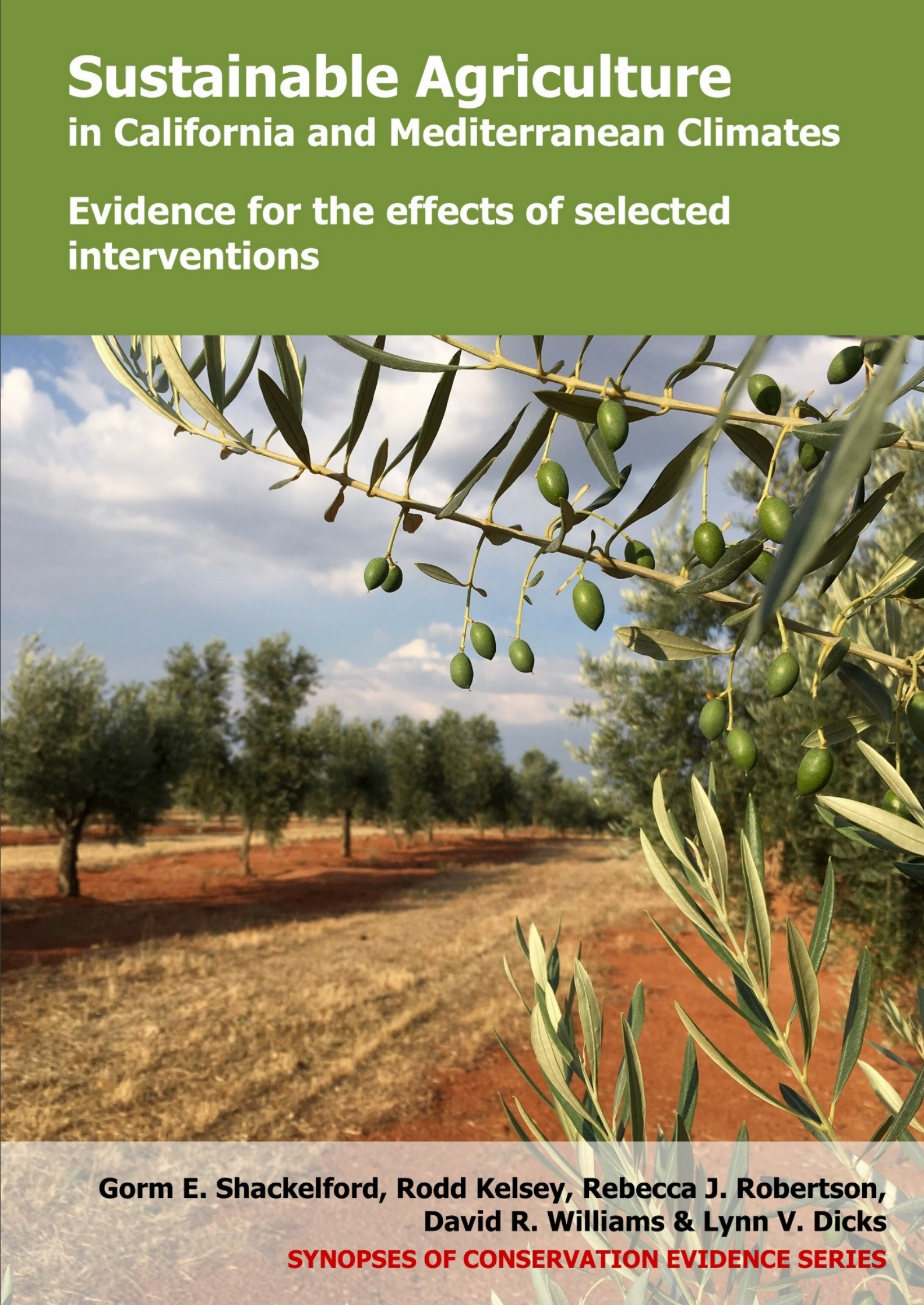Pollination: Restore habitat along watercourses
-
Overall effectiveness category Unknown effectiveness (limited evidence)
-
Number of studies: 1
View assessment score
Hide assessment score
How is the evidence assessed?
-
Effectiveness
25% -
Certainty
10% -
Harms
0%
Study locations
Supporting evidence from individual studies
A replicated, paired site comparison in 2003 in 10 riparian sites along the Sacramento River in California, USA, found that bee visitation to native flowers, and the number of bees and bee species, did not differ between restored and remnant sites, but there were different bee species and different plant-insect interactions at different sites. Flower visitation: The proportion of native plants visited did not differ between restored and remnant sites (0.67 vs 0.48 visits/minute), but different species visited flowers (15% of plant-visitor interactions were shared between restored and remnant sites). Pollinator numbers: The number of bees (253–702 vs 225–499) and bee species (19–58 vs 37–47) did not differ between restored and remnant sites. Different bee species were present at remnant and restored sites (36% of bee species were present at both sites in a pair; other data reported as ordination results). Methods: Each of five restored sites was paired with a remnant site (5.5–10 km apart). Plots within sites (1 ha) were 0.5–3.7 km apart. Restored sites were previously walnut and almond orchards (6 years before sampling) and were planted with similar vegetation to remnant sites (maple Acer spp., oak Quercus spp., willow Salix spp., and grass). The proportion of native plants (common to both sites: willow Salix spp., mule fat Baccharis salicifolia, lupin Lupinus spp., California rose Rosa californica, and ash-leaved maple Acer negundo) did not differ between restored and remnant sites (0.49 vs 1.82 individuals, 0.39 vs 0.89 species/flower head). Bees were sampled every six weeks in February–August 2003 (transect walks and pan traps). Flowers were sampled in each plot (60 quadrats, 0.25 x 4 m).
Study and other actions tested
Where has this evidence come from?
List of journals searched by synopsis
All the journals searched for all synopses
This Action forms part of the Action Synopsis:
Mediterranean Farmland
Mediterranean Farmland - Published 2017
Mediterranean Farmland synopsis





)_2023.JPG)














